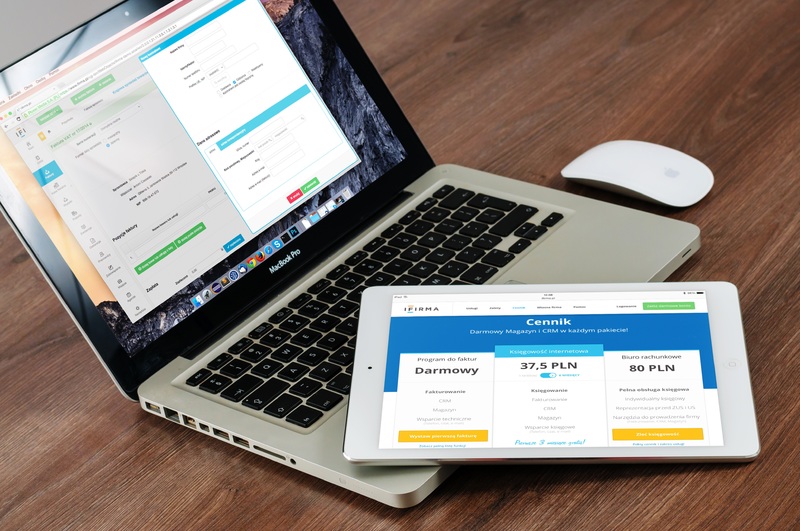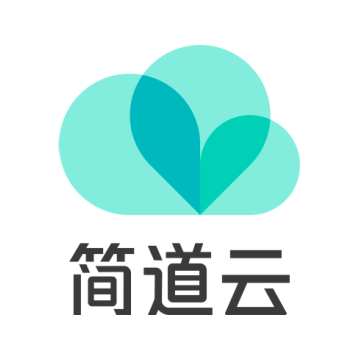基于Java的进销存系统开发与实现是一个复杂的过程,涉及到多个步骤和组件。以下是一个简单的概述:
1. 需求分析:首先,需要明确系统的需求,包括功能、性能、安全性等。这可以通过与用户沟通、收集需求文档等方式完成。
2. 设计系统架构:根据需求分析的结果,设计系统的架构。这包括确定系统的各个模块(如库存管理、销售管理、采购管理等),以及各个模块之间的交互方式。
3. 数据库设计:根据系统架构,设计数据库表结构。这包括确定每个表的名称、字段、数据类型等。
4. 编码实现:根据设计好的系统架构和数据库设计,开始编写代码。这包括创建类、定义方法、编写业务逻辑等。
5. 测试:在编码完成后,进行系统测试,确保系统的功能正确、性能稳定、安全性高。测试可以包括单元测试、集成测试、压力测试等。
6. 部署上线:在测试通过后,将系统部署到生产环境,供用户使用。
7. 维护与优化:在系统上线后,还需要对系统进行持续的维护和优化,以适应用户需求的变化和提高系统的性能。
以下是一个简单的Java进销存系统实现示例:
```java
// 商品类
public class Product {
private String name;
private double price;
private int quantity;
public Product(String name, double price, int quantity) {
this.name = name;
this.price = price;
this.quantity = quantity;
}
// getter和setter方法
}
// 库存类
public class Inventory {
private List
public Inventory() {
this.products = new ArrayList<>();
}

// 添加商品
public void addProduct(Product product) {
this.products.add(product);
}
// 减少库存
public void decreaseQuantity(int quantity) {
for (Product product : this.products) {
if (product.getQuantity() >= quantity) {
- product.setQuantity(product.getQuantity()
- quantity);
} else {
System.out.println("库存不足");
}
}
}
// 查询库存
public List
return this.products;
}
}
// 订单类
public class Order {
private Inventory inventory;
private double totalPrice;
public Order(Inventory inventory, double totalPrice) {
this.inventory = inventory;
this.totalPrice = totalPrice;
}
// 计算订单总价
public double calculateTotalPrice() {
return this.totalPrice;
}
}
```
这只是一个简单的示例,实际的进销存系统可能会更复杂,涉及到更多的功能和细节。













